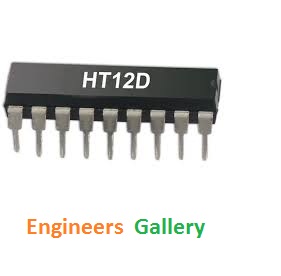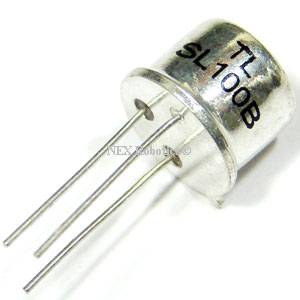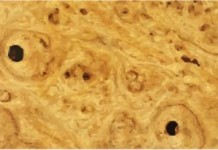The belts or ropes are used to transmit power from one shaft to another by means of pulleys which rotate at the same speed or at different speeds. The amount of power transmitted depends upon the following factors :
- The velocity of the belt.
- The tension under which the belt is placed on the pulleys.
- The arc of contact between the belt and the smaller pulley.
- The conditions under which the belt is used.
It may be noted that
(a) The shafts should be properly in line to insure uniform tension across the belt section.
(b) The pulleys should not be too close together, in order that the arc of contact on the smaller pulley may be as large as possible.
(c) The pulleys should not be so far apart as to cause the belt to weigh heavily on the shafts, thus increasing the friction load on the bearings.
(d) A long belt tends to swing from side to side, causing the belt to run out of the pulleys, which in turn develops crooked spots in the belt.
(e) The tight side of the belt should be at the bottom, so that whatever sag is present on the loose side will increase the arc of contact at the pulleys.
( f ) In order to obtain good results with flat belts, the maximum distance between the shafts should not exceed 10 metres and the minimum should not be less than 3.5 times the diameter of the larger pulley.
CONTENTS OF FLAT BELT DRIVES
- Introduction
- Selection of a Belt Drive : Following are the various important factors upon which the selection of a belt drive depends:
1. Speed of the driving and driven shafts, 2. Speed reduction ratio,
3. Power to be transmitted, 4. Centre distance between the shafts,
5. Positive drive requirements, 6. Shafts layout,
7. Space available, and 8. Service conditions. - Types of Belt Drives
- Types of Belts
- Material Used for Belts
- Working Stresses in Belts
- Density of Belt Materials
- Belt Speed
- Coefficient of Friction Between Belt and Pulley
- Standard Belt Thicknesses and Widths
- Belt Joints
- Types of Flat Belt Drives
- Velocity Ratio of a Belt Drive
- Slip of the Belt
- Creep of Belt
When the belt passes from the slack side to the tight side, a certain portion of the belt extends and it contracts again when the belt passes from the tight side to the slack side. Due to these changes of length, there is a relative motion between the belt and the pulley surfaces. This relative motion is termed as creep. The total effect of creep is to reduce slightly the speed of the driven pulley or follower. Considering creep, the velocity ratio is given by
N2/N1 = d1/d2 × (E+(σ2)^0.5)/ (E+(σ1)^0.5)
where, σ1 and σ2 = Stress in the belt on the tight and slack side respectively, and
E = Young’s modulus for the material of the belt.
Note: Since the effect of creep is very small, therefore it is generally neglected.
- Length of an Open Belt Drive
- Length of a Cross Belt Drive
- Power transmitted by a Belt
- Ratio of Driving Tensions for Flat Belt Drive
- Centrifugal Tension
- Maximum Tension in the Belt
- Condition for Transmission of Maximum Power
- Initial Tension in the Belt
Reference A Textbook of Machine Design by R.S.Khurmi and J.K.Gupta














